Airbus ditches Microsoft Office in favour of Google Workspace.
Backend operations take flight at Airbus with Google Workspace.
The aeroplane construction industry is famously cutthroat, with Airbus and Boeing constantly fighting for new sales. Behind the scenes, both manufacturers have been refining their processes and the systems that support them.
In the case of Boeing, this was through the use of an improved supply chain designed to link thousands of suppliers who could pre-fabricate parts and deliver them to central assembly points. The entire business strategy would shift, making the sourcing platform central to all operations.
This “just in time” process means that a complete 787 Dreamliner can be assembled at their Washington facility in just three days, theoretically reducing the cost of each plane.
Airbus and Google Workspace – a strategic decision
Boeing’s new supply chain is just one way of achieving digital transformation - the use of technology to better serve customers and adapt to changing market conditions, Airbus has taken a slightly different approach, replacing ageing productivity systems with a Cloud platform that will allow employees to collaborate in new ways.
Airbus is clear - technology will be vital to helping them manage the ups and downs of the airline industry. Importantly, Airbus management sees the company's future being defined by their ability to work more closely together. As CEO Tom Enders said;
“We need technology that actively supports our new ways of working, modern digital tools that allow us to be fully collaborative, to work across our many different teams, across borders and time zones - to truly be one.”
One of the first improvements has been the decision to dump Microsoft Office in favour of Google Workspace. And underscoring just how important this move is to the company, the Airbus CEO spoke to the press.
“Choosing Google Workspace is a strategic choice, a clean break with the past while assuring business continuity. Let’s embark together on this journey towards a truly collaborative enterprise,” Enders was quoted as saying.
Over the next 18 months, Airbus will move 130,000 users over to Google Workspace, but even if your business isn’t as big as Airbus, your business can still benefit from making a similar strategic move.
1. Improved collaboration
Collaboration is at the heart of Google Workspace. Not only can people work on the same documents, spreadsheets and presentations in real-time, but they can also interact directly through the platform. And for more in-depth discussion, a Google Meet video chat is just a few clicks away, connecting every staff member, no matter where they are in the world.
2. Improved licensing
Under the traditional Microsoft licensing model, you must purchase licenses upfront for every user – licenses that must be regularly upgraded. Moving to Google Workspace is also a move towards a much more affordable subscription pricing model, helping to spread the cost of ownership.
3. Improved scalability
The problem with buying licenses is that you need one for every team member using Microsoft Office. If you need to downsize, you’re left with unused licenses – a definite waste of money. With Google Workspace, you can add or remove subscriptions as your business needs – so you never pay for unused software again.
Are you ready to make the jump?
The fact that huge multinationals like Airbus are moving to Google Workspace proves that the platform is enterprise-ready – and a genuine, workable alternative to Microsoft Office. Indeed, for a business adopting a collaborative strategy, Google Workspace is the sensible choice for your technology platform.

